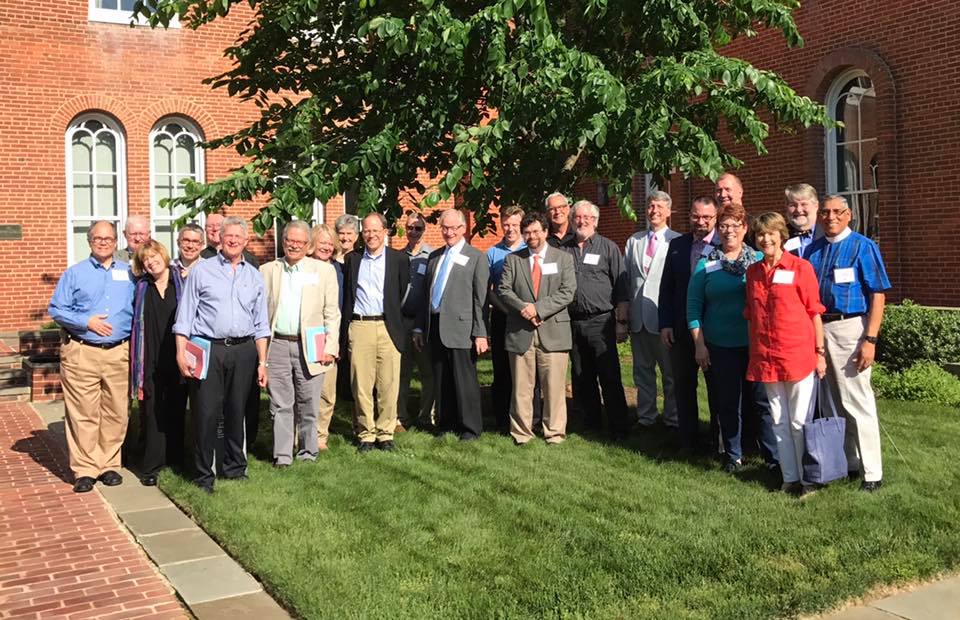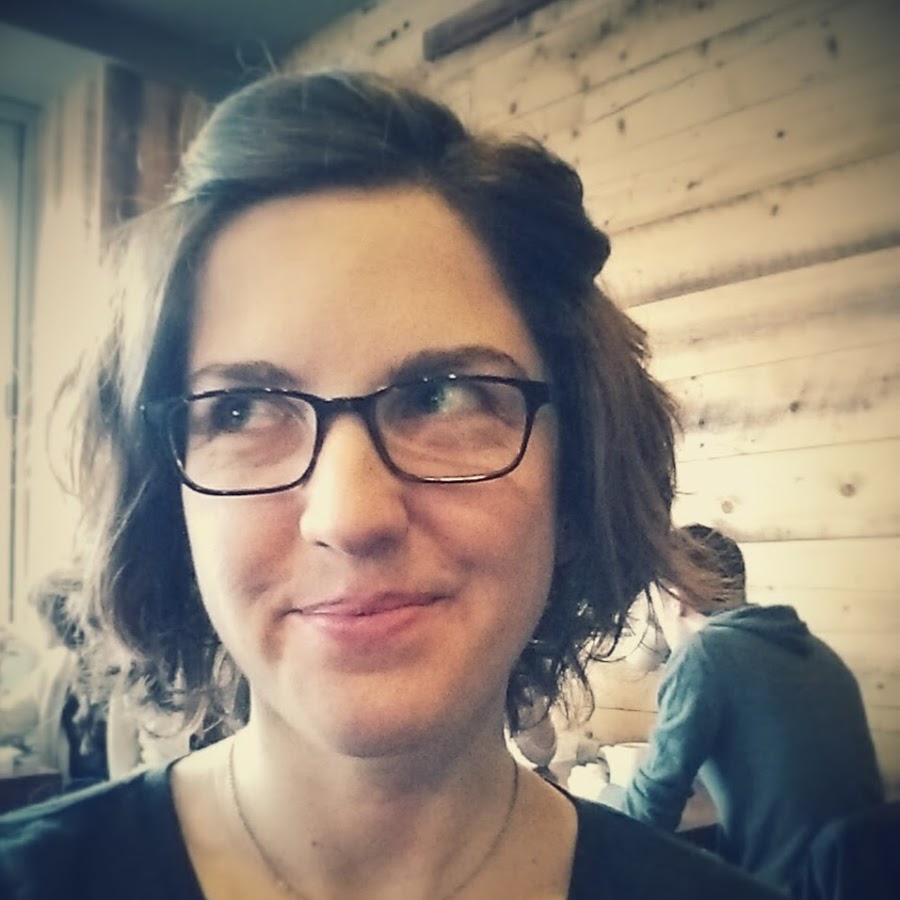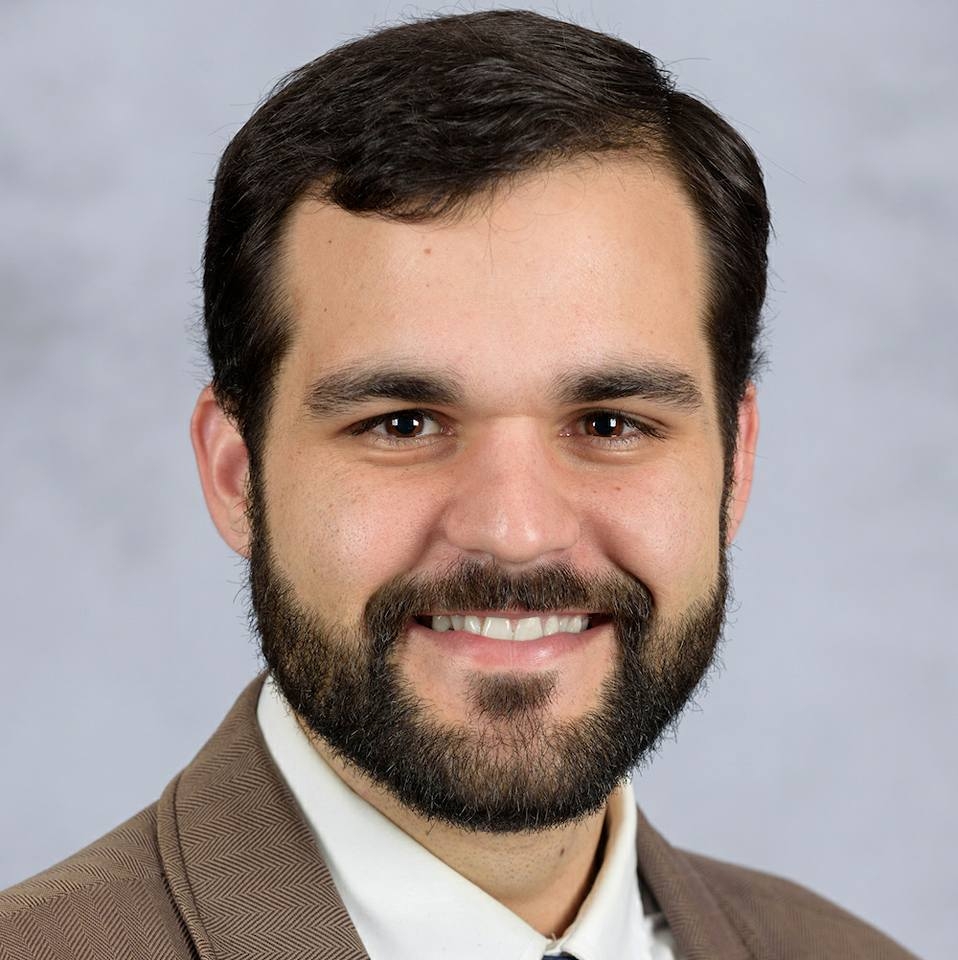Author – Ginny Chilton Maxwell is Music Minister at Church of the Ascension in Norfolk, Virginia, where she serves as organist, choirmaster, and elementary music teacher.
Lessons and Carols
My church has a tradition of doing a service of Advent Lessons and Carols every year. To me, the term “Lessons and Carols” brings to mind King’s College in all its perfection, so planning my first service felt a bit daunting. I serve a small congregation with a small, but capable, volunteer choir. I knew the level that King’s produces was not attainable for us, so I embraced this as an opportunity to get creative. I ended up having a ton of fun crafting something that allows my choir to shine and encourages more active participation from the congregation. Below are some helpful tips for anyone who is still crafting Advent and Christmas services at your church.
Add some more prophets
Lessons and Carols is much like an Easter Vigil service in that it retells the Christian story of salvation: both services start with the Genesis stories of Creation and The Fall and end with stories of Jesus from the Gospels. As long as you start and end correctly, you can insert almost any readings, and any number of them, in between. The readings of the canonical nine Lessons and Carols connect Genesis to the Gospels via two passages from Isaiah. In my congregation, we enjoy hearing from several prophets in addition to Isaiah, which is perfectly fitting. I don’t mean to criticize the curators of those original nine lessons (okay, maybe I do), but the Israelites waited a long time for their savior! We should hear from more than one prophet before we jump to the Gospels.
In addition to it being historically appropriate, adding more prophets makes for a more exciting service. Start out joyously after the story of Creation and have the mood drop dramatically after The Fall. Then, make your congregation wait a bit before the star of Bethlehem dawns on the horizon. Jesus’s arrival will have much more impact.
Engage the congregation
When I’m worshiping as a congregant, I confess that I often get so caught up in the music that I miss the message. That is definitely the case when I attend a traditional service of Lessons and Carols; you’ll find me humming “Tomorrow Will Be My Dancing Day” for days afterward. I wanted to be sure the members of our congregation were engaged in the story of salvation from beginning to end, so I picked several congregational songs to fit with the additional prophetic readings. “Deep Within” by David Haas has a hauntingly beautiful melody and a refrain that is easy for congregations to pick up. The words about God writing a new covenant on the people’s hearts are taken directly from Jeremiah 31:31-34. “People, Look East” by Eleanor Farjeon is a common carol sung in Advent; most people don’t realize these words are based on the prophet Baruch (4:36). The prophet Micah also foretells a savior (5:2-4), and you can pair this with any number of Advent or general Parousia hymns (I often use “Soon and Very Soon” by Andrae Crouch). Finally, it is gratifying to hear from John the Baptist, as in John 1 where he foretells the coming of Christ. Pair this reading with “There’s a voice in the wilderness crying” by James Lewis Milligan using the ASCENSION tune.
Having plenty of congregational music also makes it easy to add in the odd musician from your congregation: flute sounds lovely on “Deep Within,” and “People, Look East” benefits from one or more brass players. Having more congregational music and musicians engages people in what is happening, and aids the service in feeling more like worship and less like a concert. If you’re doing Lessons and Carols on a Sunday morning, which we do at my church, it is fitting (and fun!) to engage your congregation more.
Make your choir shine
When taking a creative bent on Lessons and Carols, the more difficult job can be finding the right anthems for the choir to sing. Certain anthems have carved a special place in my heart, and my choir members feel the same way. After the reading from Genesis 3, for instance, it’s hard not to hear Elizabeth Poston’s “Jesus Christ, the Apple Tree.” “To Dust” by Karen Marrolli (a living composer!) is a new anthem that I’ve tried in this slot with much success. It makes an impression on listeners and has become a favorite of my choir. Since I like hearing from as many prophets as possible, I sometimes add Zephaniah 3:14-18 and have the choir sing a setting of Psalm 96 or 98 (perhaps your choir already knows a setting of one of those they can dust off and perform with gusto). Pitoni’s “Cantate Domino” worked well for us. Stainer’s “How Beautiful Upon the Mountains” and Carl Schalk’s “As the Dark Awaits the Dawn” work well with any prophetic passage, are fun to learn, and allow volunteer choirs to shine.
….
The King’s College version of Lessons and Carols is not feasible for the vast majority of us who work at modest churches with volunteer choirs. This isn’t a bad thing. Tinkering with their version to make it fit your congregation is quite enjoyable. In the process, you’ll learn a lot more about the individuals you’re working with and the message of the service you’re planning. Happy planning, and happy Advent!
For more blogs by Ginny Chilton Maxwell, go to the Centered in Song Blog Page.


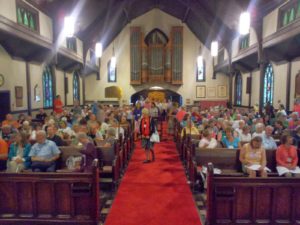

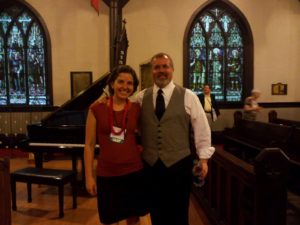
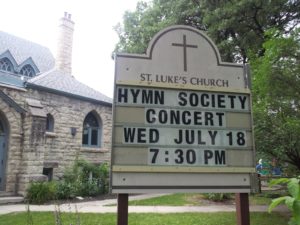
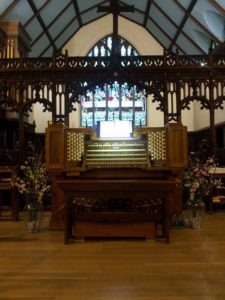


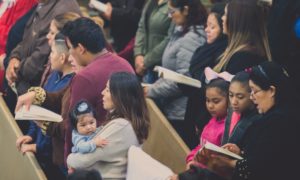 job that involves working at the school affiliated with my church. I have to say, I’d forgotten how much having children around makes each holiday feel so special. Children have an enthusiasm for celebrations and traditions that is infectious to the rest of us. Easter Sunday may not be a good time for the children’s choir to sing, but it’s perfectly appropriate to have them sing an Easter song on the Sunday(s) after Easter. Small children delight in having songs to sing that go with whatever season it is, so even if you’re working with children in a less formal setting than a choir, you can keep singing your resurrection songs all through the season. (Sidebar: I’ve found there aren’t enough Easter songs to satisfy the appetites of young children. Which Easter songs do your children love?) You might find that you have more opportunity to discuss the true meaning of Easter with the children once the Easter bunny has faded away, too.
job that involves working at the school affiliated with my church. I have to say, I’d forgotten how much having children around makes each holiday feel so special. Children have an enthusiasm for celebrations and traditions that is infectious to the rest of us. Easter Sunday may not be a good time for the children’s choir to sing, but it’s perfectly appropriate to have them sing an Easter song on the Sunday(s) after Easter. Small children delight in having songs to sing that go with whatever season it is, so even if you’re working with children in a less formal setting than a choir, you can keep singing your resurrection songs all through the season. (Sidebar: I’ve found there aren’t enough Easter songs to satisfy the appetites of young children. Which Easter songs do your children love?) You might find that you have more opportunity to discuss the true meaning of Easter with the children once the Easter bunny has faded away, too.
